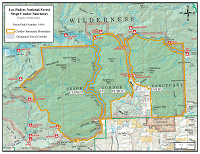Protecting the Sespe Condor Sanctuary
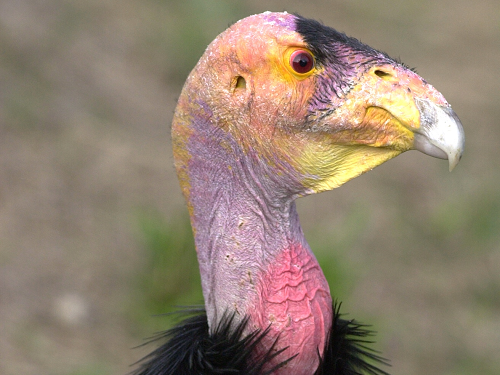
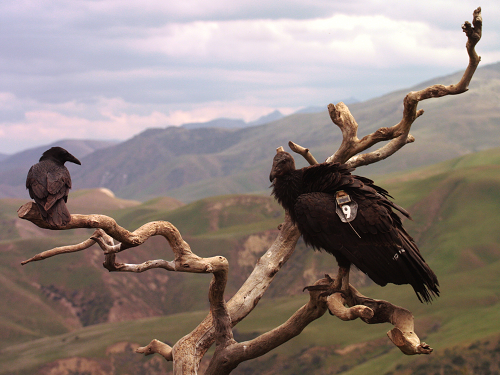




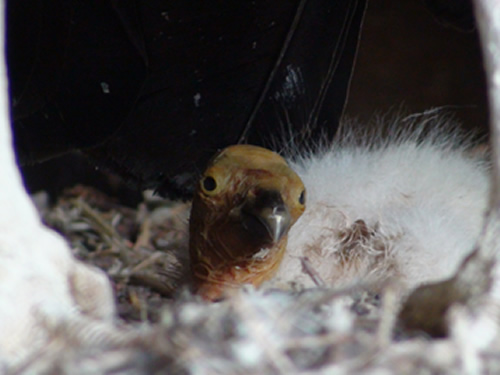
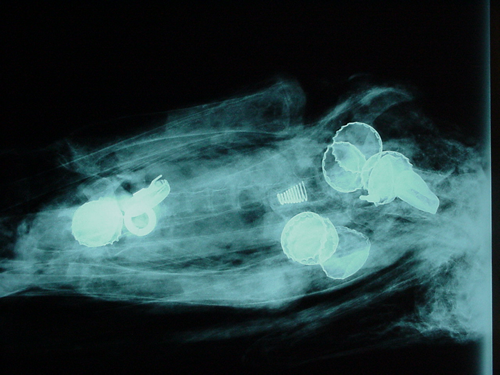
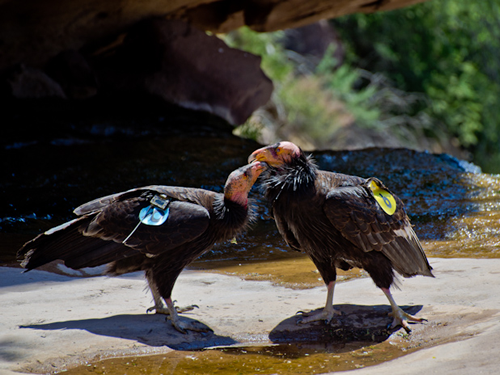
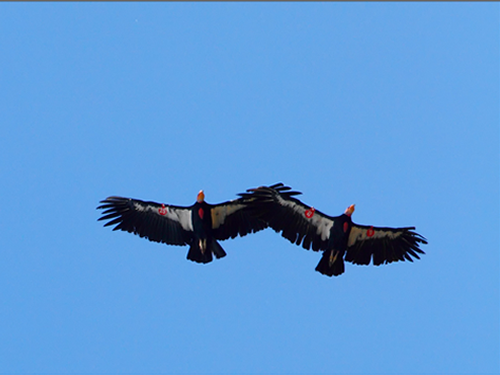


California Condors
California condors are one of the most endangered species in the world. They were placed on the federal endangered species list in 1967. In the 1980’s, due to a decreasing population, the U.S. Fish and Wildlife Service began a captive breeding program teaming with the Los Angeles Zoo and the San Diego Wild Animal Park. In 1987, a controversial decision was made to bring all remaining condors (22 individuals) into captivity and the last wild bird was captured in 1987. At that time, it was uncertain if the California condor would ever soar again in the wild. Through the efforts of many organizations and individuals, reintroduction of California condors began in 1992 and now has a population of over 230 animals living in the wild.
Today, the greatest threat to condors in the wild is human activity. Condors forage exclusively on dead animals; they are especially susceptible to lead exposure from carcasses left in the field and lead poisoning is often fatal. Also, interaction with humans increases exposure to food and microtrash. Condors feed microtrash (bottle caps, broken glass, litter, etc.) to their young which can lead to the death of the chick.
Sespe Condor Sanctuary
The Sespe Condor Sanctuary north of Fillmore, CA, was established in 1947 and expanded in 1951 to its current size of 53,000 acres. The Chief of the U.S. Forest Service intended the Sanctuary to be closed to all public entry except by permit however there are four one-quarter mile wide recreation travel corridors that can be used to hike through the Sanctuary – the Sespe Creek, Agua Blanca Creek, Alder Creek, and Bucksnort Trails.
The California condo was recognized as “endangered” in 1967 and received legal protection in 1972 when the U.S. Migratory Bird Treaty was amended to include vultures and certain other families of birds. With the passage of the Endangered Species Act of 1973, federal agencies were required to protect habitat and to prepare recovery plans that specified actions for its recovery.
The Sanctuary lies within the boundary of the Sespe Wilderness and is where the Forest Service provides critical habitat, wildlife refuge, and land management for the protection of the California condor. The Los Padres Condor Range and River Protection Act of 1992 established the Sespe Wilderness, which is also regarded as the “Home of the California Condor.” These protections include the controlled public access to the Sanctuary to protect condor nesting, roosting, and foraging habitat. Survey data shows that California condors heavily use the Sanctuary to breed, nest, roost and forage.
As condors expand their use into their historic range, interactions with humans continue to be a concern. Refuges of high-quality habitat without human contact are necessary for the continued recovery of the species. Contaminants, primarily lead exposure from lead ammunition, continue to be a threat to the condor and the Sanctuary provides an area of protection from exposure.
The frequency of human trespassing in the Sanctuary, particular the Tar Creek area, exposes condors to human food and microtrash as well as direct human contact. This habituation increases the risk of injury to condors as documented by a condor that was strangled in a climbing rope in 2008. Adjacent to the Sanctuary and also closed to public entry is the Hopper Mountain National Wildlife Refuge. It is maintained as a refuge to protect the Sanctuary.
The Ojai Ranger District is working with local partner organizations to deter inadvertent trespassing through educational outreach efforts at parking areas adjacent to the Sanctuary.
Tar Creek Closure
Public visitors to the Tar Creek area (within the Sespe Condor Sanctuary) expose the condors to human food, microtrash and direct human contact. This exposure increases the risk of injury as documented by the death of a condor in 2008. To address these concerns, the Los Padres National Forest reauthorized the closure of the Sanctuary to public entry except in designated travel corridors. Failure to adhere to this closure may result in a citation which carries a penalty up to $5,000 and/or six months in jail.
How Can You Help
- Please respect the closure of the Sespe Condor Sanctuary and travel only in designated travel corridors.
- Don’t litter. Microtrash is one of the leading causes of death in condors.
- Hunting is not allowed in the Sanctuary. Use lead free ammunition when hunting in areas outside of the Sanctuary
Condor Facts
- Largest flying land bird in North America, with a wingspan of up to 9½ feet.
- Weighs up to 26 pounds.
- Soar and glide at speeds up to 50 MPH.
- Can travel up to 100 miles in a day.
- Opportunistic scavengers that feed on large, dead mammals.
- Live up to 60 years old in the wild.
- Sexually mature at 5-7 years old and mate for life.
- Produce one egg every other year.
- Parents share incubation and feeding responsibilities.




